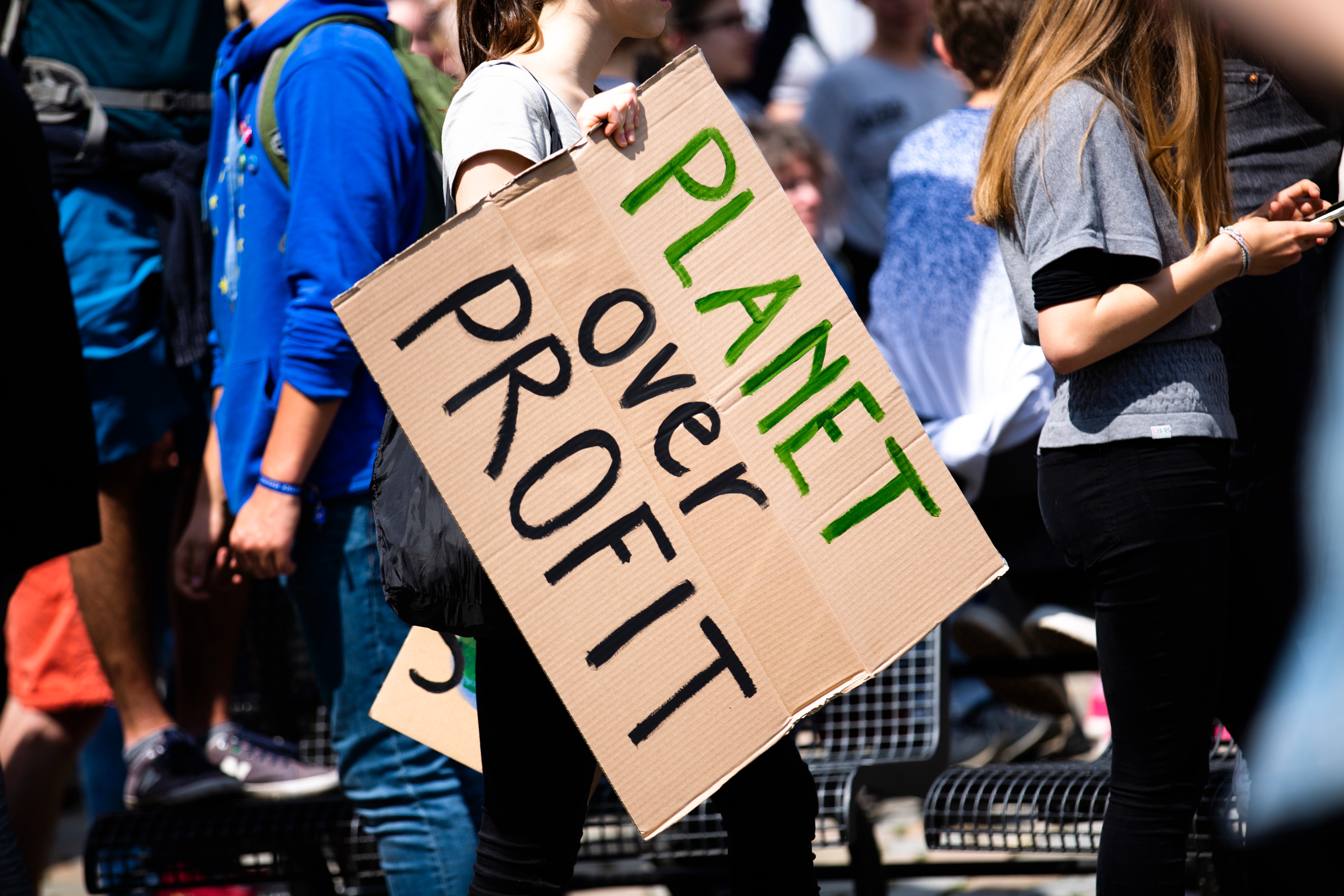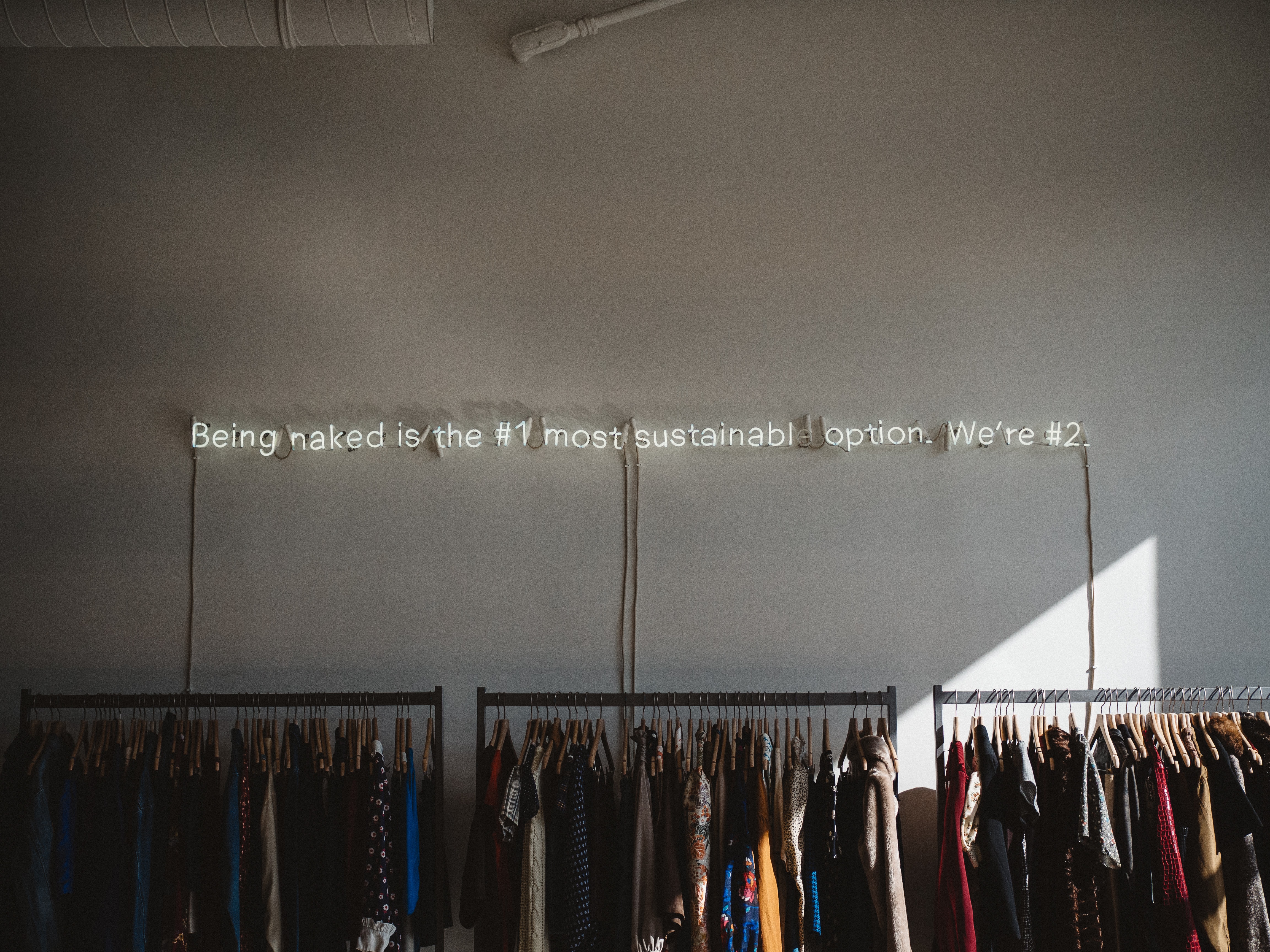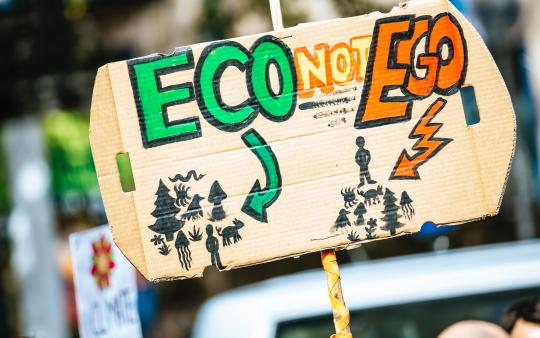Whether you’re at the beginning of your personal exploration into ethical and sustainable fashion, or you’ve been long dedicated to working in and supporting this field, Michael Lavergne’s book, Fixing Fashion, is a must-read.
Michael is a sustainability professional who has spent the past twenty years across much of the developing world working on behalf of retailers, audit bodies and labour standards. He has worked with organizations as diverse as World Vision, Joe Fresh, the UN, Shoppers Drug Mart and Hanesbrands to address human and environmental challenges in the consumer products industry.
His book offers a great historical review of the development of the global apparel trade and a rare glimpse into its complex, inner workings. We caught up with Michael recently to ask him a few questions.
Consumer Responsibility for Sustainable Fashion
What can I do as an individual consumer to help bring meaningful change to the fashion industry?
There's a short and long answer; the short one is to simply be more aware of how our choices impact our families and the world around us. In the developed world, we do know the truth behind our consumption, but we have managed to dissect our day-to-day feelings, to numb them out. Take a closer look at the brands you feel attached to and buy; what do their websites say about ethical sourcing, fair wages and respect for the environment in actions as well as in nicely worded CSR reports?
The longer answer is that while I believe consumer knowledge and action are two of the keys to change, I really hold government and industry responsible for ensuring that safe, ethically manufactured goods make it into the Canadian market. It is through government action that the public best speaks. Just as we have regulatory and legislative requirements for safe foods and pharmacy products, so should we look to legislative action against child labour, exploitation, slavery and environmental degradation being knowingly built into the consumer products we buy.

Transparent Brands in Ethical Clothing
What are some best practice examples you’ve seen of brand transparency, in terms of the type of supply chain information being provided for the consumer?
Mountain Co-op here in Canada is the only large-scale homegrown brand that I'm aware of which publishes its supplier list; this goes along way towards the transparency needed to ensure safe and ethical manufacturing. H&M also provides a public list of their global factory sites and have begun to work on some serious environmental issues tied to the Asian dye facilities used in much of their offshore production.
The poster child for many working on the sustainability side of business remains Patagonia, who has even restructured their business model to focus on the reinvestment of profits into social and environmental good while working to minimize consumption and impacts.

Normalizing brand transparency
What will it take to get this level of brand transparency to be the norm?
Concerted action by a troika of civil society, government and responsible investment; the sea shift is underway, but we need to be aware that the issues are much deeper than simply the apparel trade. This is about our socioeconomic systems and what we as a society deem appropriate behaviour. If we don’t act, then we are condoning the ongoing exploitation of people and nature for the comfort and profits of a very small percentage of humanity.
What is the government doing?
How is the government getting involved to help drive more ethical and sustainable practices in the fashion industry? What more can be done?
Unfortunately, not much here at home, though with the recent change in government many are hopeful that we'll see a shift in approach and support. World Vision issued a policy challenge to the former government this past summer with the release of its paper on child labour in Canadian consumer goods. So far, the industry and government have remained silent.
But there are great things happening in Europe with regards to corporate responsibility law, anti-slavery legislation and efforts to implement common labour rights across the developing world, great benchmarks for us to be looking at.
There seems to be a fair number of small fashion labels cropping up that assert sustainability and ethics as a core part of their business platform. However, sustainable and ethical fashion still seems to occupy only a small, niche market.
Size of the market for sustainable clothing, and growth
How big is this market anyway, and is it growing at a rate of any significance? Which big brands are helping to bring it into the mainstream?
There has certainly been growing interest in ethical and sustainable products on behalf of consumers.
But I don't think the analysis has yet caught up with the rate of new SME start-ups and strategic shifts by major brands. It’s probably safe to say no more than 5% of global apparel sales tie some way into legitimate ethical and sustainable fashion (still an oxymoron) but that's across a wide interpretation of the terms!
Think of it this way: Cotton is still the core fabric of 70% of global apparel, of which barely 5% is certified true organic, with another 5% max of other types of more sustainable cotton production. So, 90% is status quo cotton, soaked in pesticides and carcinogens throughout its life cycle, absorbing tremendous amounts of precious fresh water reserves while being grown in some of the poorest, most destitute parts of the world. And I won't even touch oil by-products here like polyester, nylon and spandex, all of which contribute exponentially to global warming.

Big sustainable brands
A handful of the big brands have begun to position themselves as sustainability leaders, but to really know what that means, we have to look at their total production output versus sales of ethical or sustainable product lines — for the most, this is still a small percentage of goods.
Consumer information
What resources would you recommend for consumers to learn more about the issues and how they can help make a difference in the way fashion is made, marketed and bought?
There are a number of great organizations and websites per the shortlist below, but the real difference comes when we make the moral decision to pull off the blinders and educate ourselves, to give our children a different example than what they see all around them.
And specifically their school level program on ethical consumption:






